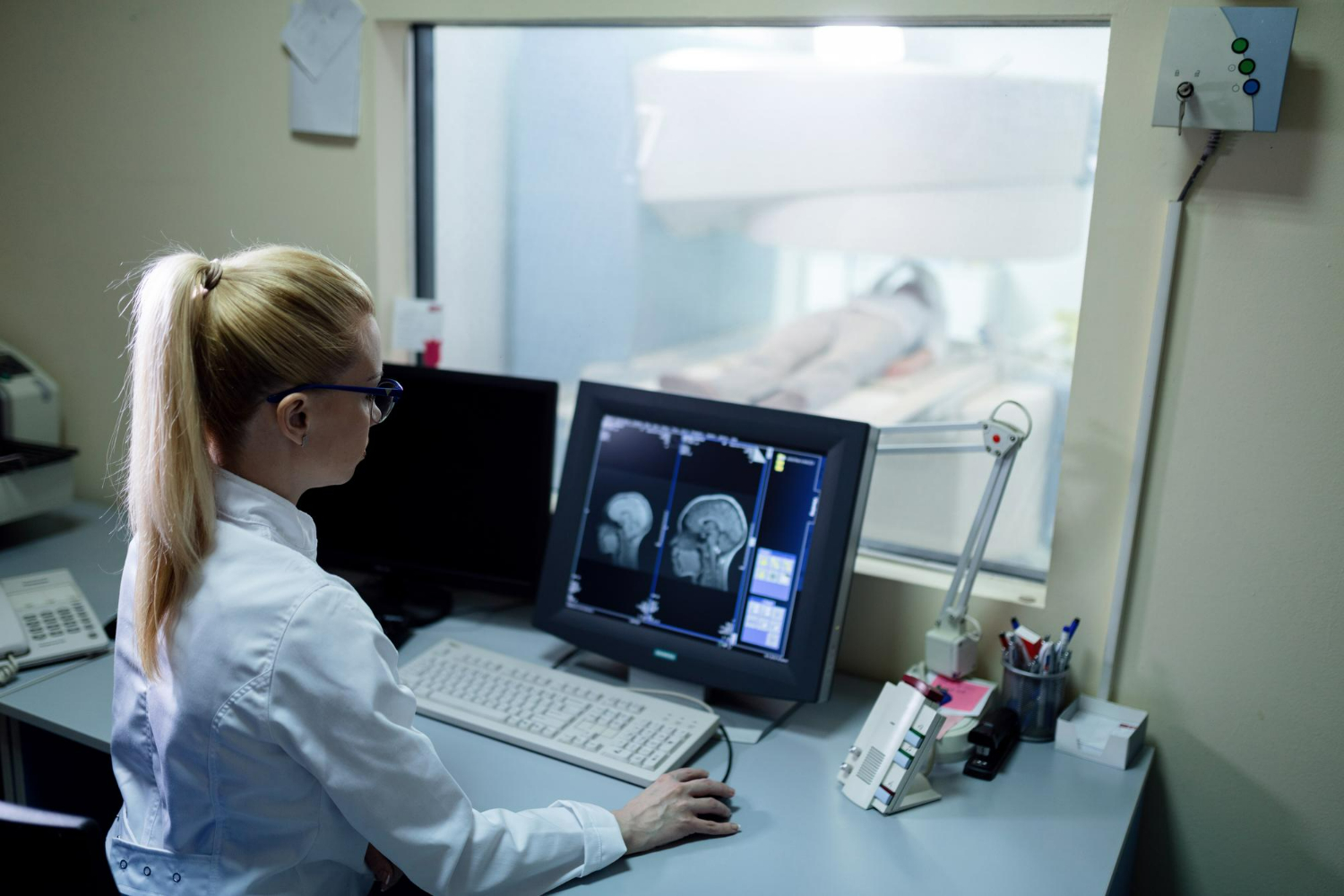Osteoporosis, a condition characterized by weakened bones and increased susceptibility to fractures, demands proactive measures for prevention. In this comprehensive guide, we delve into various facets of osteoporosis prevention, combining conventional wisdom with innovative approaches.
Introduction
Osteoporosis, often referred to as the “silent disease,” silently undermines bone strength, making prevention a crucial focus. By understanding the intricate dynamics of bone health, individuals can embark on a journey toward fortifying their skeletal foundation.
Understanding Osteoporosis
Defining Osteoporosis and Its Prevalence
Osteoporosis is not merely an ailment of aging; it is a progressive condition where bone density diminishes, leading to increased fragility. Its prevalence is staggering, with millions affected globally. As bones lose density, the risk of fractures escalates, necessitating a proactive approach to prevention.
The Role of Bone Density and Its Significance
Bone density, a key parameter in osteoporosis, is a measure of bone mass in a given volume. Understanding its significance provides insights into the potential risks. Maintaining optimal bone density is paramount for sustained skeletal strength.
Risk Factors
Age and Gender Influence on Osteoporosis Risk
Age and gender play pivotal roles in osteoporosis risk. Postmenopausal women and older individuals are more susceptible. Understanding these demographic influences empowers individuals to tailor prevention strategies to their unique circumstances.
Impact of Genetics and Family History
Genetics contributes significantly to bone health. Family history serves as a roadmap for potential risks, prompting proactive measures. Awareness of genetic predispositions enables early intervention.
Lifestyle Factors Contributing to Bone Health
Unhealthy lifestyle choices amplify osteoporosis risk. Smoking, excessive alcohol consumption, and a sedentary lifestyle are detrimental. Lifestyle modifications are crucial for mitigating these risks.
Nutritional Foundations for Strong Bones
Calcium: The Cornerstone of Bone Health
Calcium, an essential mineral, forms the backbone of bone health. Dairy products, leafy greens, and fortified foods are excellent sources. A balanced diet rich in calcium is fundamental for preventing osteoporosis.
Vitamin D: Unlocking Calcium Absorption
Vitamin D facilitates calcium absorption, making it a vital player in bone health. Sun exposure and dietary sources contribute to maintaining optimal vitamin D levels. Ensuring sufficient intake aids in preventing bone density loss.
Other Essential Nutrients for Bone Density
Beyond calcium and vitamin D, nutrients like magnesium, phosphorus, and vitamin K contribute to bone density. A holistic approach to nutrition is imperative for comprehensive osteoporosis prevention.
Exercise Strategies
Weight-Bearing Exercises for Bone Strength
Weight-bearing exercises, such as walking, jogging, and dancing, stimulate bone formation. They enhance bone density and overall skeletal strength. Incorporating these exercises into daily routines is a proactive step toward osteoporosis prevention.
Resistance Training and Its Positive Impact on Bones
Resistance training, involving activities like weightlifting, strengthens muscles and bones. This form of exercise complements weight-bearing activities, providing a well-rounded approach to bone health.
Balance Exercises for Fall Prevention
Reducing the risk of falls is integral to osteoporosis prevention. Balance exercises, including yoga and tai chi, improve stability, minimizing the likelihood of fractures.
Lifestyle Modifications
The Role of Smoking and Alcohol in Bone Health
Smoking and excessive alcohol intake compromise bone health. Nicotine and alcohol disrupt bone-forming cells, accelerating bone density loss. Eliminating or moderating these habits is a critical step in osteoporosis prevention.
Stress Management for Overall Well-being
Chronic stress contributes to bone density loss. Stress hormones negatively impact bone health. Incorporating stress management techniques, such as meditation and mindfulness, fosters overall well-being and supports skeletal health.
Adequate Sleep and Its Connection to Bone Regeneration
Quality sleep is a cornerstone of overall health, including bone health. During sleep, the body undergoes crucial repair and regeneration processes, enhancing bone strength. Prioritizing adequate and restful sleep is a proactive measure against osteoporosis.
Regular Bone Health Checkups
Importance of Bone Density Testing
Regular bone density testing, commonly done through DEXA scans, is pivotal for early detection of bone density loss. Understanding the results provides a baseline for tailored prevention strategies.
Understanding DEXA Scans and Interpreting Results
Dual-energy X-ray absorptiometry (DEXA) scans are the gold standard for assessing bone density. Familiarity with the procedure and interpreting results empowers individuals to make informed decisions regarding their bone health.
Consultation with Healthcare Professionals
Engaging with healthcare professionals, such as bone specialists or endocrinologists, ensures personalized guidance. Regular checkups allow for adjustments to prevention strategies based on individual health profiles.
Supplements and Medications
When and How to Consider Supplements
Supplements may be necessary to bridge nutritional gaps. Understanding when and how to incorporate them ensures a well-rounded approach to osteoporosis prevention.
Prescription Medications for Osteoporosis Prevention
In some cases, prescription medications become necessary. Awareness of available options, their mechanisms, and potential side effects is crucial for informed decision-making.
Potential Side Effects and Considerations
Being aware of potential side effects and considerations associated with supplements and medications allows for a balanced risk-benefit analysis. Open communication with healthcare providers is key.
The Role of Hormones
Hormonal Changes and Their Impact on Bone Density
Hormonal fluctuations, especially in postmenopausal women, influence bone density. Understanding these changes allows for targeted prevention strategies.
Menopause and Its Connection to Osteoporosis
Menopause accelerates bone density loss due to hormonal shifts. Addressing menopausal symptoms and prioritizing bone health during this phase are essential.
Hormone Replacement Therapy as a Preventive Measure
Hormone replacement therapy (HRT) may be considered under professional guidance. Understanding the potential benefits and risks of HRT is crucial for making informed decisions.
Environmental Factors
Sun Exposure and Its Role in Vitamin D Synthesis
Optimal sun exposure is crucial for vitamin D synthesis. Balancing sun exposure with sun safety practices contributes to overall bone health.
Pollution and Its Potential Impact on Bone Health
Environmental pollutants may have subtle yet impactful effects on bone health. Awareness and minimizing exposure where possible contribute to a holistic prevention strategy.
Creating a Bone-Friendly Living Environment
Simple adjustments, such as ensuring proper lighting and minimizing tripping hazards, create a bone-friendly living environment. Proactive measures in daily life contribute to overall osteoporosis prevention.
Innovative Approaches to Osteoporosis Prevention
Emerging Technologies and Their Role in Bone Health
Technological advancements, such as wearable devices and virtual monitoring, hold promise in enhancing bone health awareness. Staying informed about emerging technologies is integral to a modern approach to prevention.
Ongoing Research and Promising Developments
A dynamic field, osteoporosis research continually unveils new insights and potential breakthroughs. Staying abreast of ongoing research ensures that prevention strategies align with the latest scientific understanding.
Conclusion
In this comprehensive exploration, we’ve navigated the intricacies of osteoporosis prevention. Armed with knowledge and a proactive mindset, individuals can embark on a journey toward building and maintaining strong, resilient bones. The ultimate guide to osteoporosis prevention is a testament to the power of informed choices and proactive measures in safeguarding skeletal health.



















